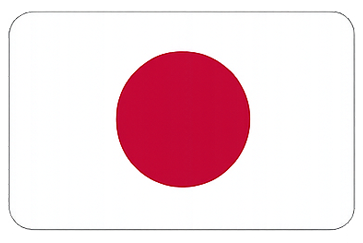
What is the Japanese education system?
The Japanese education system is renowned for its academic rigor, structured discipline, and strong emphasis on collective effort, respect, and social harmony. It follows a clearly defined progression from kindergarten to university, with high importance placed on academic achievement and examinations.
In Japan and in Japanese schools abroad (such as in Brussels), children follow a system organized in clear educational cycles, with a particular focus on character building as well as academic knowledge.

Main stages of the Japanese education program
Kindergarten – Yōchien (Ages 3 to 6)
Although not compulsory, kindergarten is widely attended in Japan. It prepares children for group life and entry into formal education.
The program emphasizes:
- Development of independence
- Respect for group rules
- Language and motor activities
- Music, drawing, structured play
There are no formal evaluations, but it is a gradual preparation for primary school.
Primary School – Shōgakkō (Ages 6 to 12)
Primary school lasts 6 years. It is compulsory and free of charge in Japan (and in accredited schools abroad).
Core subjects include:
- Japanese
- Mathematics
- Science
- Social Studies
- Art, music, physical education
- Morality (ethics and collective behavior)
A foreign language (often English) is gradually introduced. Homework is common, and order, politeness, and organization are integral to learning.
There is no final exam, but continuous skill assessment is used.
Middle School – Chūgakkō (Ages 12 to 15)
Middle school lasts 3 years and is also compulsory.
Students follow a common program including:
- Two foreign languages
- Mathematics, science, Japanese
- Technology
- Civics and physical education
This is a key stage when students begin preparing for high school entrance exams.
At the end of middle school, students take a highly competitive entrance exam for high school.
High School – Kōkō (Ages 15 to 18)
High school is not mandatory, but more than 95% of Japanese students attend. Admission is based on entrance exams.
There are different types of high schools:
- General (preparing for university)
- Technical/vocational (leading to the workforce)
Courses are demanding, and students often supplement their education with evening prep schools (juku) to prepare for university.
At the end of high school, students take a national exam or individual university entrance exams.
Higher Education
Japanese universities are highly selective. Admission is based on competitive entrance exams.
Programs follow this structure:
- Bachelor’s Degree (3–4 years)
- Master’s Degree (2 years)
- Doctorate
Why choose a Japanese school?
- Discipline and academic rigor
- Structured and demanding curriculum
- Values of respect, effort, and cooperation
- Official programs recognized by the Japanese government
- Balanced education between academic knowledge and moral development





